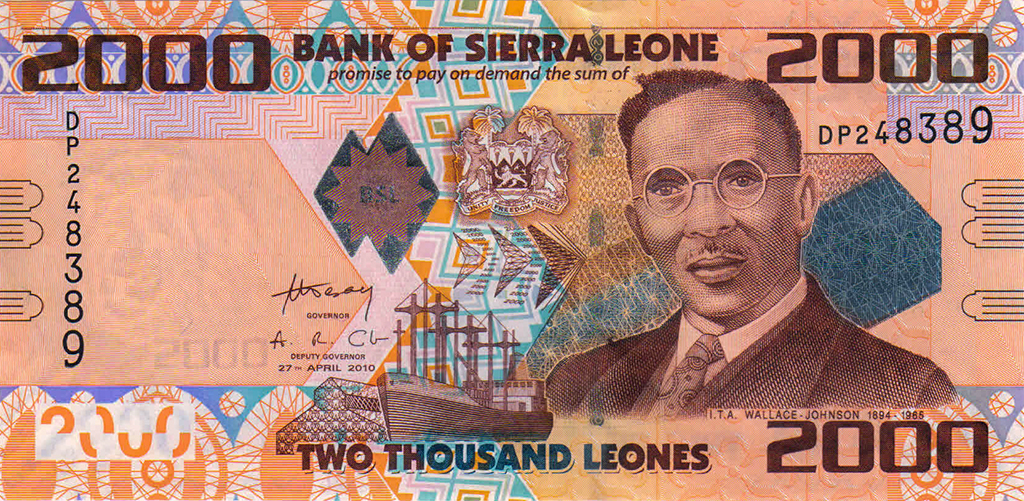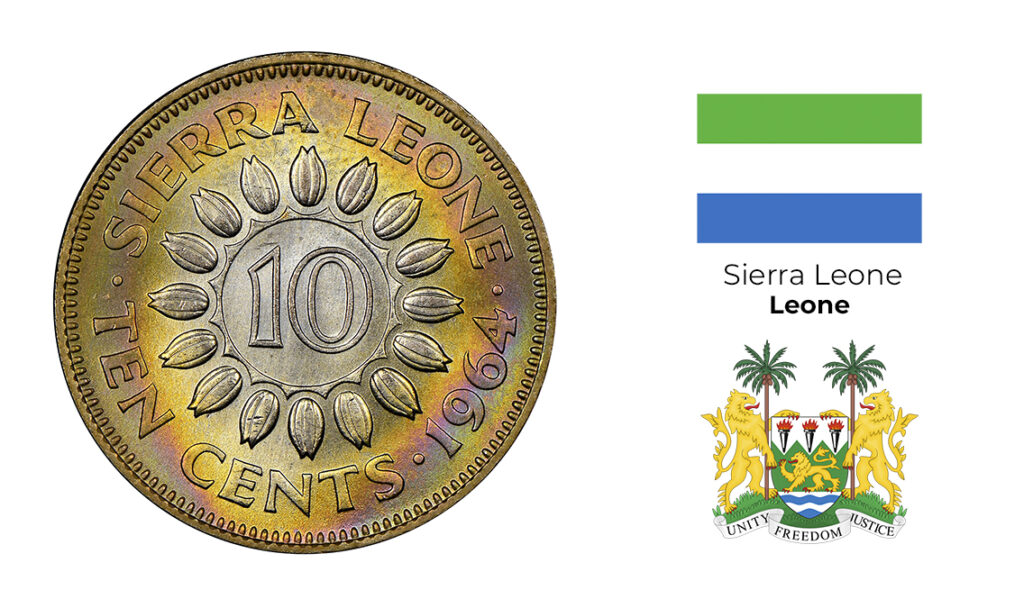
The long struggle of Sierra Leone’s Leones
On the southern shore of Western Africa, their lies a small country that replete with tropical splendors. Sierra Leone unveils a typical script of colonial exploitation, unreal independence, military coups and unrelenting civil wars. The neighboring landmass from which Sierra Leone has been carved out, was originally developed by the British for sheltering Unwanted humans – Predominantly Slaves – freed or fugitives and blacks discharged from British armed forces. The first settlement was named Freetown in 1787 CE with administration handed over to the Sierra Leone Company; British Crown took over in 1907 CE. However, the real credit for development of the area can only be attributed to the first inhabitants who fought native tribal and toiled hard to turn jungles into farmlands. This led to formation of a proper colony known for rich minerals – Diamonds, Iron and Aluminum Ore – and agricultural produce such as Palm oil, Palm kernels, Cocoa and Coffee.
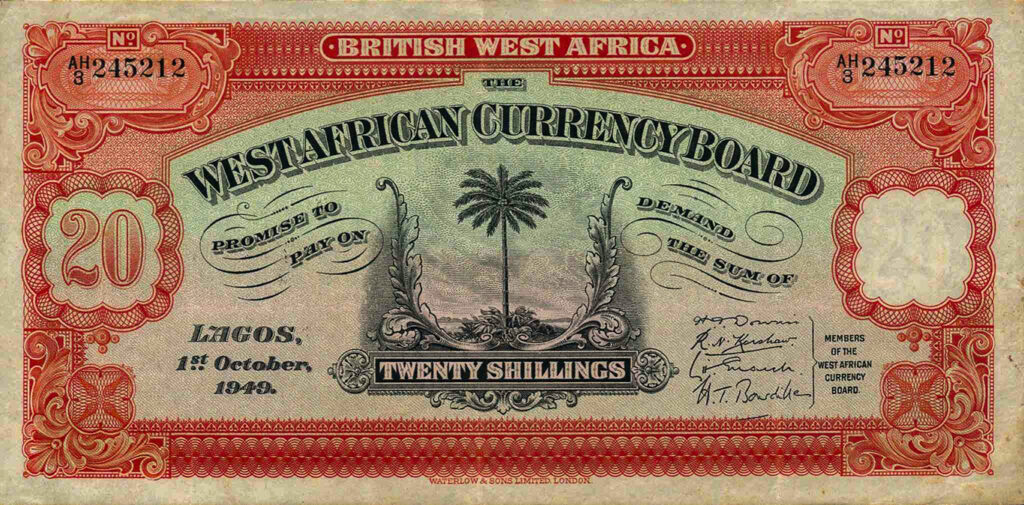
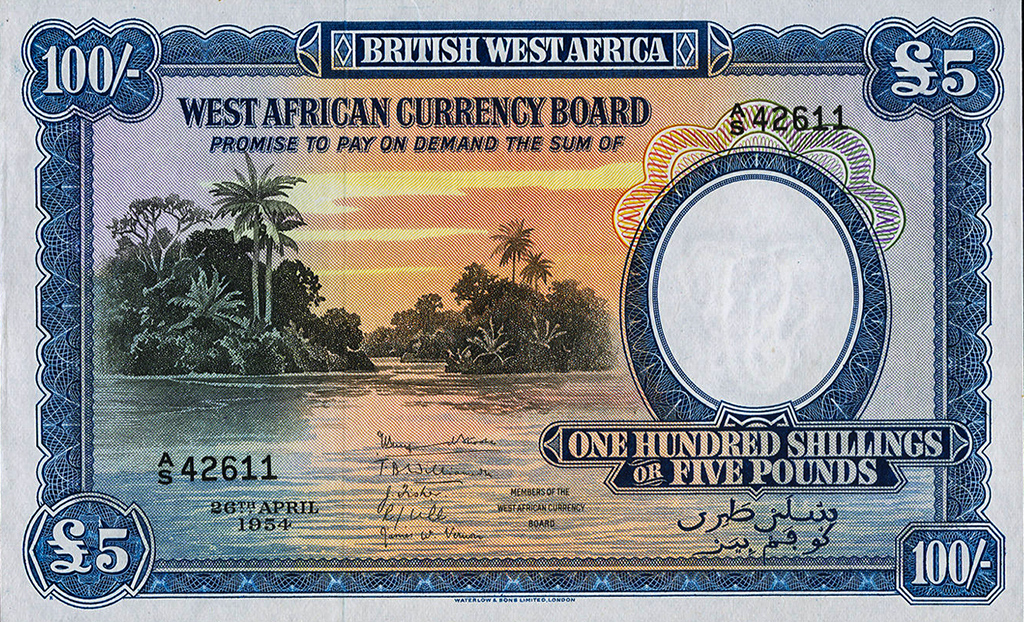
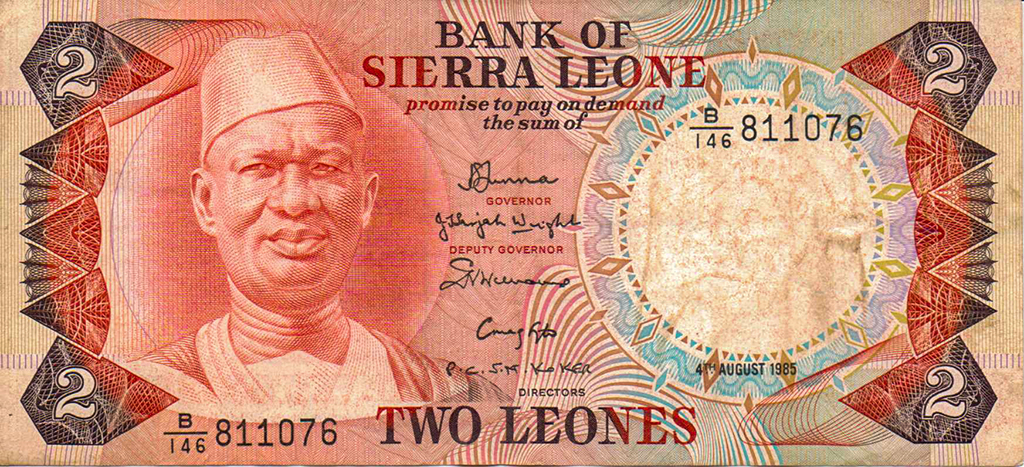
In the aftermath of WWII, most of the African colonies including Sierra Leone got liberated. However, the independence of 1961 was only a notional one with bulk of the control still in the foreign hands. Anarchy and lawlessness prevailed over much of Sierra Leone for decades altogether. With coups and civil wars becoming more common, Corruption diving deep and increasing ethnic rivalry, public life became chaotic; majority of people struggling to achieve the basic human rights. Sierra Leone has 16 ethnic groups with Temne and Mende dominating the demographics. History of banking in Sierra Leone goes back to 1912 CE, when the British established West African Currency Board (WACB) for circulating coins and banknotes in territory comprising the modern countries of Nigeria, Ghana (Old Gold Coast), Gambia and Sierra Leone. British West African Pound was the currency (1 Pound = 20 Shillings) that was changed to Leone (1 Leone = 100 Cents) in 1963-64.
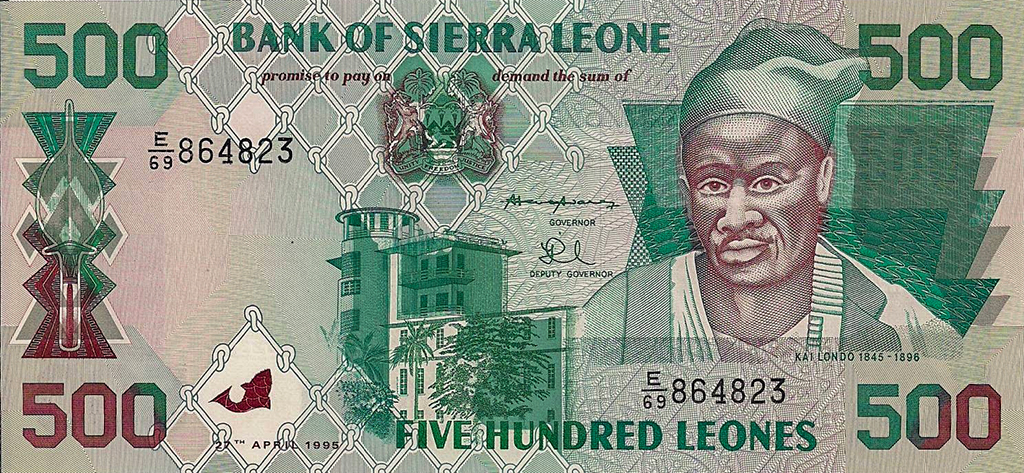
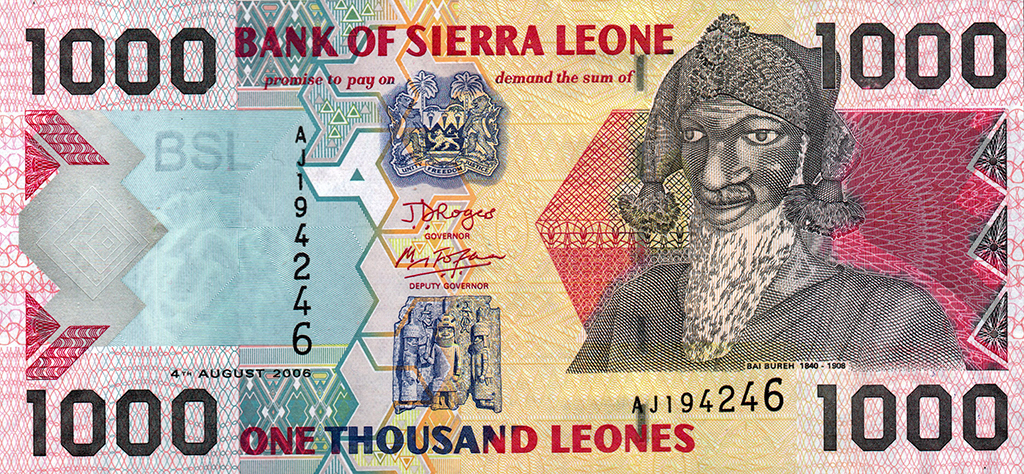
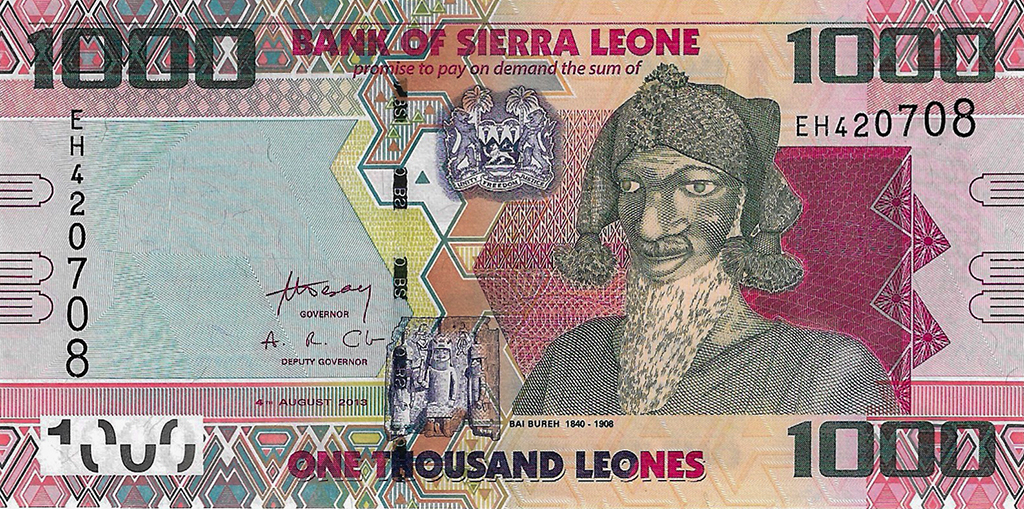
Main Features | An attempt to present the authentic identity of Sierra Leone has been attempted through the many designs of the Leones. The designs are pretty straightforward and does not exhibit much innovation. Made attractive by contrasting use of vibrant and bright colors fails to makes a deep impact; the graphic elements stand out as individuals but do not merge together to present a harmonious picture. On the front, we find a combination of (i) Numerals at 4 corners for denomination (at left bottom, the numerals are split into sections making the full denomination apparent only when the banknote is seen against light) and Serial Numbers at 2 places (ii) Texts for denomination in words, issuing authority “Bank of Sierra Leone promise to pay on demand the sum of,” designation of 2 signatories and date of issue (iii) Images comprise of one dominating portrait of Bai Bureh (Muslim cleric who spearheaded a mutiny against the British in 1898 CE), small icons for national emblem (both of native and colonial origin), geometric patterns mostly composed of straight lines. On the back, numerals are positioned at four corners for denomination (right bottom in sections), texts prominently placed for denomination and issuing authority – Bank of Sierra Leone and just one main image with geometrical patterns – both with straight and curved lines. Printed by De La Rue, the banknotes represent the struggle that has gone into making a truly free nation.
